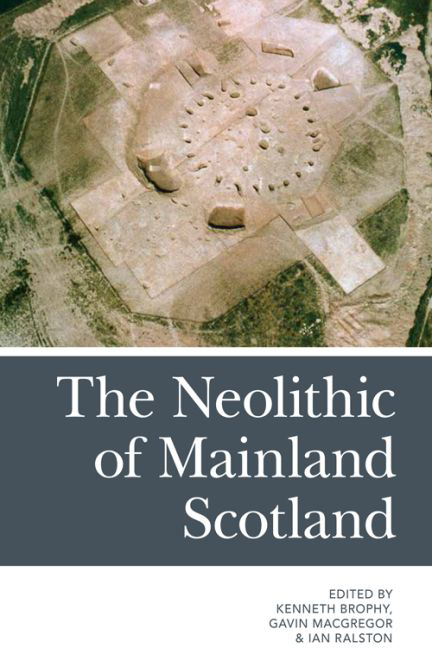Book contents
- Frontmatter
- Contents
- List of Tables and Figures
- Notes on the Contributors
- Acknowledgements
- Foreword: ‘The prehistory of my own lands, the lowlands’
- Part I Scotland's Mainland Neolithic in Context
- Part II Non-megalithic Monuments
- 6 Hiatus or Hidden? The Problem of the Missing Scottish Upland Cursus Monuments
- 7 Making Memories, Making Monuments: Changing Understandings of Henges in Prehistory and the Present
- 8 Seeing the Wood in the Trees: The Timber Monuments of Neolithic Scotland
- Part III Pits, Pots and Practice
- Index
6 - Hiatus or Hidden? The Problem of the Missing Scottish Upland Cursus Monuments
from Part II - Non-megalithic Monuments
Published online by Cambridge University Press: 15 September 2017
- Frontmatter
- Contents
- List of Tables and Figures
- Notes on the Contributors
- Acknowledgements
- Foreword: ‘The prehistory of my own lands, the lowlands’
- Part I Scotland's Mainland Neolithic in Context
- Part II Non-megalithic Monuments
- 6 Hiatus or Hidden? The Problem of the Missing Scottish Upland Cursus Monuments
- 7 Making Memories, Making Monuments: Changing Understandings of Henges in Prehistory and the Present
- 8 Seeing the Wood in the Trees: The Timber Monuments of Neolithic Scotland
- Part III Pits, Pots and Practice
- Index
Summary
In 1978, Gordon Maxwell drew attention to the fact that a number of pit alignments in Scotland appeared to form enclosures and that these found their closest parallels in the ditched cursus monuments of England. Today at least thirty-five cursus monuments of timber and earthwork varieties have been recorded in Scotland along with perhaps half as many smaller sites of comparable morphology (Brophy 2015) prompted by Maxwell's interpretive leap. Nobody has done more to elucidate these enigmatic monuments and contemporary sites through fieldwork than Gordon Barclay. His meticulous excavations (see Chapter 1, this volume) have furnished a record of fourth millennium bc development that is the envy of those south of the Border. In heightening perception of cursus monuments and related sites in Scotland his contribution to the remarkable populating of Strathmore, Strathearn and the lower Nith valley, as well as, progressively, other areas such as Stirling, Fife and Argyll, has been central. However, as cursus sites have been added to distribution maps (Figure 6.1) a problem has emerged – why are they effectively absent from the uplands, here defined for simplicity as land between approximately 100 m and 400 m OD (i.e., hill land not highland)? South of the Border, it was on the uplands that cursuses were first identified (notably the Greater and the Lesser Stonehenge Cursuses and the Dorset Cursus: Stukeley 1740; Atkinson 1955) and Scotland hardly lacks hills!
An obvious answer lies in the soil's potential for cropmark production. Light gravel soils in the drier east of the country readily reflect the critical moisture differential that is central to cropmark production, whereas those on neighbouring uplands are heavier and so are far less responsive (Barclay 1992; Millican 2007: 23). The latter are additionally much more likely to be under pasture that masks the evidence totally. Nevertheless, above the limits of agricultural destruction (recorded as about 122 m OD in south-east Perth) surveys have consistently failed to identify characteristic earthworks (RCAHMS 1994; 1997).
This is by no means a problem exclusive to Scotland. In North Yorkshire cursus monuments are found where the Swale and Ure enter the flatlands (at Scorton and Thornborough, respectively), not higher up the valleys, and this pattern is repeated through the East Midlands (Harding and Healy 2007: 277), the Upper Thames valley (Holgate 1988: 371) and as far south as Devon (Griffith 1989).
Information
- Type
- Chapter
- Information
- The Neolithic of Mainland Scotland , pp. 97 - 115Publisher: Edinburgh University PressPrint publication year: 2016
